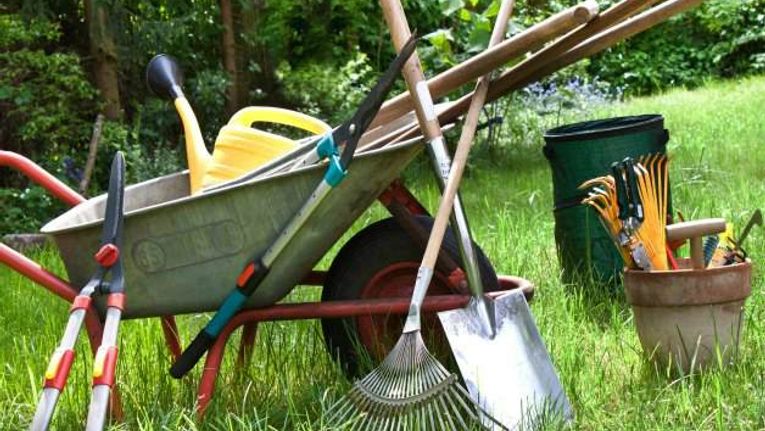
Selecting the right planters for your garden can greatly impact the health and aesthetics of your plants. With so many options available, it’s important to consider various factors such as material, size, and design to ensure you choose the Gartenprodukte perfect planters for your needs. This guide will help you navigate the choices and make informed decisions for your garden.
- Material Matters
Planters come in a variety of materials, each with its own set of advantages and disadvantages. Here are some popular options:
Terracotta: Terracotta planters are classic and breathable, allowing air and moisture to reach the roots. They are ideal for plants that prefer drier soil but can be prone to cracking in freezing temperatures.
Plastic: Plastic planters are lightweight, durable, and often more affordable. They retain moisture well, making them suitable for water-loving plants. However, they may not be as aesthetically pleasing as other materials.
Ceramic: Glazed ceramic planters are visually appealing and available in a wide range of colors and designs. They retain moisture well but can be heavy and may not provide adequate drainage without additional holes.
Metal: Metal planters, such as those made from galvanized steel or aluminum, are durable and modern in appearance. They can heat up quickly in direct sunlight, so they are best used for plants that can tolerate warmer soil.
Wood: Wooden planters, like those made from cedar or teak, offer a natural look and are excellent insulators. They require maintenance to prevent rot and should be lined to avoid soil contact with the wood.
- Size and Space Considerations
Choosing the right size planter is crucial for plant health. Here are some guidelines to help you select the appropriate size:
Small Planters: Ideal for herbs, succulents, and small flowers. Ensure there is enough space for roots to grow without becoming cramped.
Medium Planters: Suitable for most annuals, perennials, and small shrubs. They provide ample space for root development and can be easily moved if needed.
Large Planters: Perfect for larger shrubs, trees, and extensive root systems. These planters can be heavy and difficult to move, so place them in their final location before filling with soil.
Consider the available space in your garden or patio when selecting planter sizes. Ensure there is enough room for your plants to grow and for you to access them for maintenance.
- Drainage and Soil Health
Proper drainage is essential to prevent waterlogging and root rot. Look for planters with drainage holes to allow excess water to escape. If your chosen planter lacks drainage, consider adding holes or using a layer of gravel at the bottom to improve water flow.
Additionally, using high-quality potting soil is important for plant health. Avoid garden soil, which can be too dense for container gardening. Opt for a well-draining potting mix that suits the specific needs of your plants.
- Design and Aesthetics
The design of your planters can enhance the overall look of your garden. Consider the following aspects when selecting planters:
Color: Choose colors that complement your garden’s palette. Neutral colors like terracotta, white, and black are versatile, while bold colors can make a statement.
Shape: The shape of the planter can affect both aesthetics and functionality. Round planters are classic and versatile, while square and rectangular planters can fit neatly into corners and along edges.
Style: Match the style of your planters with your garden theme. Modern gardens may benefit from sleek, minimalist planters, while rustic gardens look great with weathered wood or aged metal planters.
- Portability and Placement
Consider the weight and portability of your planters, especially if you plan to move them frequently. Lightweight materials like plastic and fabric are easy to move, while heavier materials like ceramic and metal may require more effort.
Placement is also key to plant health. Ensure your planters are positioned to receive the appropriate amount of sunlight for the plants they contain. Grouping planters together can create a visually appealing arrangement and provide microclimates for plants with similar needs.
Conclusion
Choosing the perfect planters for your garden involves considering material, size, drainage, design, and placement. By taking these factors into account, you can ensure that your plants thrive and your garden looks beautiful. With the right planters, you can create a functional and aesthetically pleasing outdoor space that you can enjoy year-round. Happy gardening!
